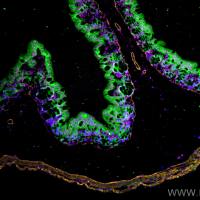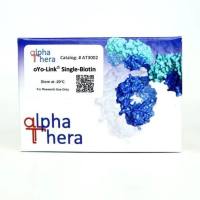Labeling and Identifying Grafted Cells
互联网
698
The use of markers to label donor tissue prior to transplantation into the central nervous system (CNS) can be of critical importance, if the fate of grafted cells and the influence of these cells on the host are to be accurately assessed. Identification of transplanted material is often difficult if dissociated cells are used, particularly if the donor cells are migratory, or are trans-planted into fetal or neonatal hosts. On the other hand, transplantation of solid pieces of tissue (e.g., neural tissue derived from embryos) may not require labeling for subsequent unequivocal identification of the bulk of the grafted material in the host brain or spinal cord. Cell suspension grafts into adult hosts may also not require exogenous labeling, especially if the cells are grafted into heterotopic sites, such as the engraftment of mesencephalic dopaminergic (DA-ergic) neurons into the striatum. Similarly, prelabeling of xenografts is not necessary if species-specific markers can be employed, and nonneural cells, such as fibroblasts, can also be recognized in CNS tissue. The decision to explicitly label or not label donor material depends on a range of factors, including the nature of the donor material, whether mixed or purified cell populations are used, the site of transplantation, and how long the label will be present in the host prior to visualization.









